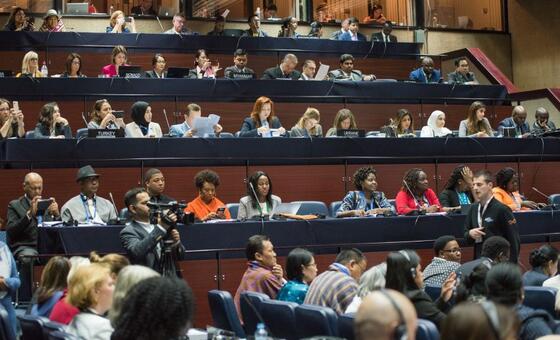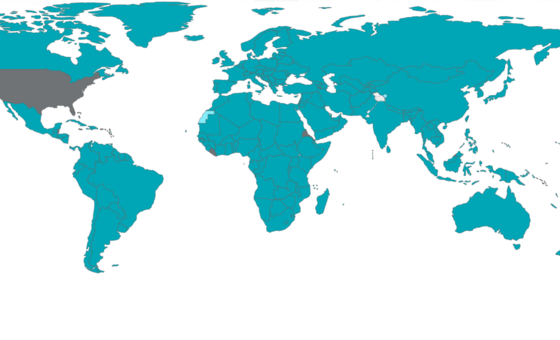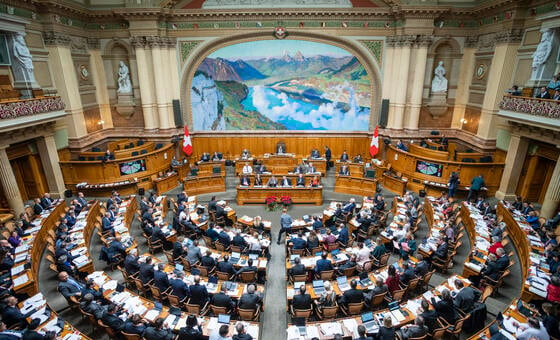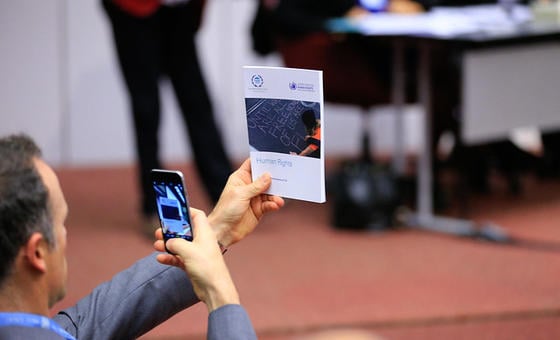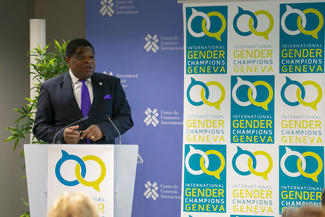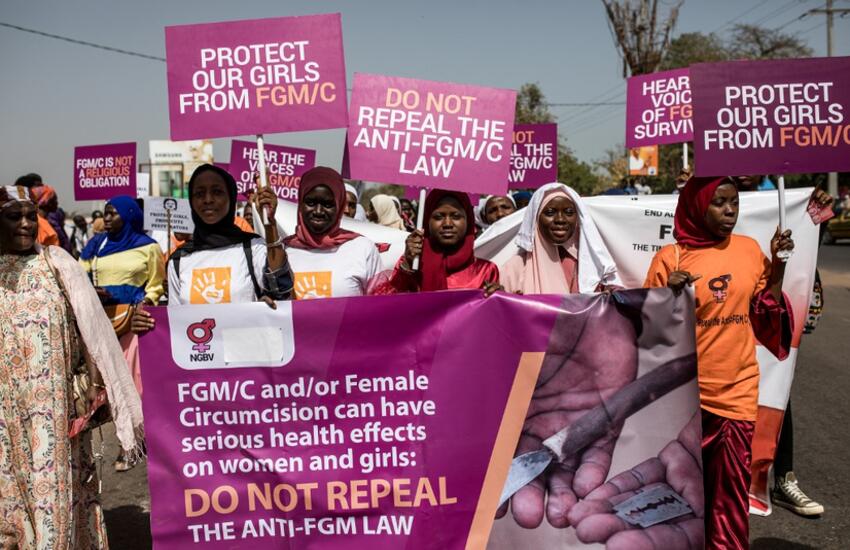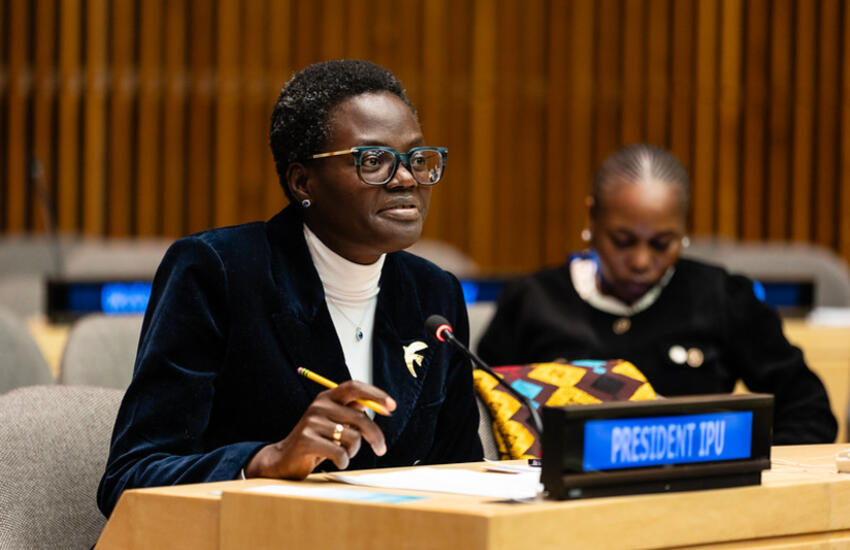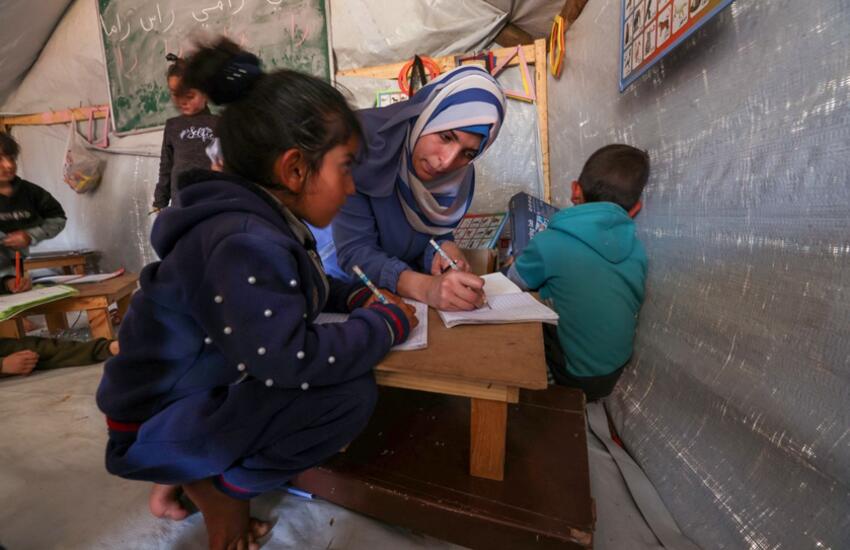Opinion Piece by the Secretariat of the International Gender Champions (IGC) and Martin Chungong, Chair of the IGC Global Board and Secretary General of the IPU.
In times of crisis, gender equality is a goal that is often temporarily put on hold. Gendered dimensions tend to be regarded as secondary, but emergency responses that fail to incorporate a gender lens are highly likely to exacerbate existing inequalities, and in turn exacerbate outbreaks. The Ebola outbreak in 2014, Zika in 2015–2016, SARS, swine flu and bird flu all had deep and long-lasting negative effects on gender equality.
COVID-19, the coronavirus pandemic which has now spread to over 185 countries and territories, is no different. The coronavirus is an unprecedented global threat which poses great challenges to our governance structures. Gender-responsive actions and practices are critical to ensure that this crisis does not impact women significantly more than men.
Dr. Tedros Adhanom Ghebreyesus, Director-General of the World Health Organization (WHO) has shared with the International Gender Champions network his view that “The response to the COVID-19 pandemic must be gender-sensitive and responsive. Not only are women and children some of the most fragile population groups whose needs can be overlooked in health emergencies, but 70 per cent of the health work force caring for those affected is also made up of women. WHO is committed to using a gender lens to continuously evaluate and improve our response efforts.”
While current data suggest that there do appear to be sex differences in mortality and vulnerability to the disease, with more men than women dying, potentially due to sex-based immunological or gendered differences, such as patterns and prevalence of smoking, the available sex-disaggregated data are incomplete and early assumptions need to be made with caution. Many factors put women at a higher risk in terms of health outcomes and social and economic consequences.
Some steps can be taken immediately to shape a more equitable landscape. They are particularly powerful if role-modelled by members of our network.
The first is to ensure women’s participation in shaping policies and interventions. “The gender elements of how women are impacted by this health emergency are not well-captured enough,” said Soumya Swaminathan, chief scientist at the WHO, “Policies for women are often not being decided by women.”
The media also have a responsibility to ensure that voices representing diverse perspectives are included in reporting and broadcasts which influence policy responses. Women in Global Health highlights that, for every three men quoted in media coverage of the COVID-19 outbreak, only one woman is quoted.
Secondly, gender-disaggregated data is key to fully understanding the epidemiological, social and economic risks and impact of the coronavirus. A Call for Action to build a data infrastructure and ecosystem is already underway, and we need to use the data we already have in order to provide more equitable and effective interventions and support.
There are a host of questions policy makers across sectors should ask themselves in order to assess how the COVID-19 outbreak affects women, men and different groups defined by age, gender identity, disability, migration status, and socio-economic status. These include: ‘Is there a difference in terms of infection and mortality rates? If so, what are the biological and social factors causing this? Are there specific groups, such as vulnerable minorities, that might avoid surveillance, testing and care because of distrust of government and/or health-care services? How can they be reached?
The third step is to put in place targeted support and mitigation measures and ensure that resources are not diverted from other essential services. During the Ebola outbreak from 2013 to 2016, more women are reported to have died of obstetric complications in Sierra Leone than of the disease itself because resources were diverted from sexual and reproductive health care. The UNFPA has produced guidelines on gender-responsive COVID-19 responses.
Quarantine measures taken around the world will increase stress and financial difficulties, factors known to increase the risk of domestic violence, which already results in 137 deaths of women globally each day according to UN Women. What messages are being communicated immediately to support and protect women and men from their violent partners, role-model appropriate behaviour and ensure access to mental health services and resources for all?
We also already know that women bear greater social burdens and that care work is undervalued economically. According to the International Labour Organization, on average women do 2.6 times as much unpaid caregiving and domestic work as their heterosexual partners. With schools shut down, the brunt of childcare is likely to be borne by mothers due to their traditional caregiver roles. Some predict that “in the face of a pandemic such dynamics will only be exacerbated, with the elderly – whose care is also primarily shouldered by women – needing more care than ever, and the sick proliferating” (Lucia Graves, The Guardian).
Governments, both the executive and legislative branches, and organizations can put in place policies for flexible working and reduced hours so that everyone, both women and men, can share the care and contribute to decision-making, thereby communicating that this is an expected part of our crisis-response culture.
Finally, there is the imbalanced economic impact of the crisis as more women than men work in precarious and lower-paid sectors such as domestic work, agriculture or the hospitality and catering industry. “Women are hit harder by economic impacts such as those COVID-19 is driving, especially as women disproportionately work in insecure labour,” said Mohammad Naciri, the head of UN Women in Asia. Urgent financial measures need to include those without formal contracts who may lack social protection, to ensure that their vulnerability is not increased and that their livelihoods are safeguarded.
The steps we take now to respond to COVID-19 will have long-lasting implications. Gender-responsive policies and practices should be regarded as a precondition for meeting the challenge before us and become a reflex for decision-makers involved in crisis management, preparedness, response and mitigation.
COVID-19 is also a chance to challenge harmful gender roles and norms as the crisis disrupts and brings to light many of the systemic and structural barriers that have held back the advancement of gender equality. Examples already emerging include mandatory teleworking measures adopted by numerous organizations around the world opening up traditional workplaces to the value and productivity of employees now working remotely. In short, this quarantine could be a chance to move towards more flexible, inclusive and family-friendly workplaces and a more balanced share of care and family responsibilities between working mothers and working fathers.
In conclusion, while our respective spheres of influence vary, if we seize the window of opportunity to be proactive, we can develop approaches that will benefit all:
- Highlight the importance of keeping gender equality on the agenda of our own workplaces, organizations and governments’ preparations and responses to crises.
- Speak publicly about the need to make homes safe for all, and highlight support services available to victims of domestic violence.
- Challenge the way we share the brunt of childcare and domestic work, as well as the psychological burden of this crisis in the household.
- Take steps to build empathy, understanding, trust and solidarity with managers and colleagues as well as within our local communities so that we can better understand and respond to the different needs of those in our immediate environments.
- Develop our resilience and leadership to be more adaptable and resourceful and harness the creativity and talent of our whole population using new methods and practices.
The aim of this opinion piece is to outline some initial thoughts. We would like to hear about your experiences at admin[at]genderchampions.com so that we can highlight best practices and seize the moment to shape a more sustainable and equitable future.
Texts co-written by the IGC Secretariat (Fleur Heyworth and Tiphaine Di Ruscio) and IGC Global Board Chair, Martin Chungong.
See also Parliaments in a time of pandemic.

